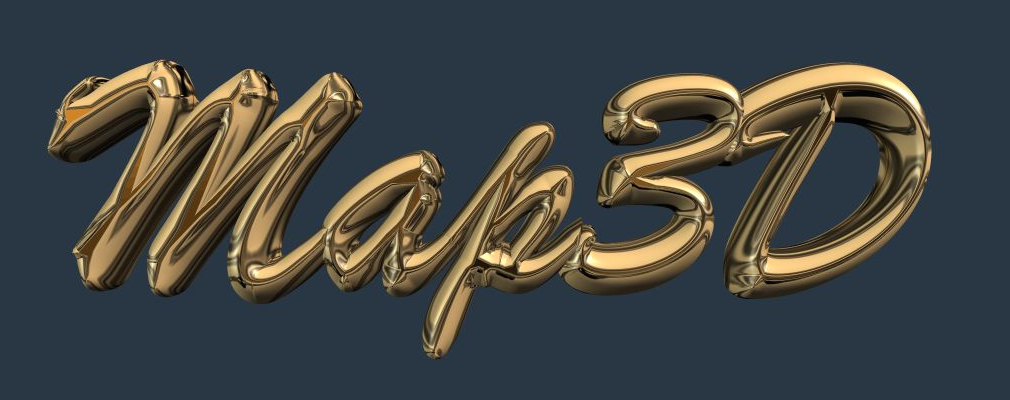Map3D Course Details
Day 1
Day 1 lectures concentrate on the review of basic principles required for the understanding and interpretation of modelling results.Morning - Basic modelling/rock mechanics concepts
- The fundamentals - model inputs and outputs and accuracy.
- What is numerical modelling?
- How does numerical modelling work?
- What is the difference between various numerical modelling codes?
- What are we trying to achieve using numerical modelling?
- What is the “conventional approach” for applying numerical modelling to mine design?
- How well does this approach work?
- What are the limitations of this approach?
- Use of modelling for quantitative mine design.
- Assessment of model results accuracy and reliability.
- Methodology for calculation of statistics.
Afternoon - Model building and setup using the Map3D CAD interface
- Everything user need to know about setup and running Map3D.
- This includes hands on model building and running simple examples.
- Free-hand construction, FFLoop construction, DDLoop construction.
- Program functionality including pre-processing of outlines, rapid model building using the trace routines.
- Focus on basic model building skills and familiarization with the program interface.
Day 2
Day 2 lectures concentrate on the application of rock mechanics principles in the interpretation of modelling results.Morning - Calibration/interpretation of models
- How to interpret model results.
- Failure criteria for rock mass, fault-slip and structurally controlled response.
- Prediction reliability/Probability of failure.
- Relating model results to actual in situ behaviour.
- Using modelling results to assess pillar stability, drift stability, fault slip, joint set activation.
- Utilization of probability of failure in the design of pillar widths, spans, support length etc.
- Discussion of the validity of Mohr-Coulomb, Hoek-Brown and back-analysis for model calibration.
- Assessment of fault stability.
- Use of ubiquitous joint failure criterion.
- Application and interpretation of elastic modelling results.
- Multiple example applications of the use of failure criteria and back-analysis techniques in design are presented tutorial style.
- Participants will work through design examples involving of pillars, backs, abutments, ground support, blast-hole stability etc.
- Integrated Excel plotting functions are used throughout.
Afternoon - Model building and setup using the Map3D CAD interface
- Everything user need to know about setup and running Map3D.
- This includes hands on model building and running simple examples.
- Free-hand construction, FFLoop construction, DDLoop construction.
- Program functionality including pre-processing of outlines, rapid model building using the trace routines.
- Focus on basic model building skills and familiarization with the program interface.
Day 3
Day 3 lectures concentrate on model setup and solving.Morning - setup and solution.
- Accuracy of results including discussion of program control parameters, discretization and lumping.
- Specification of far field stress state, modulus, strength parameters etc.
- Debugging non-convergent models.
- Optimising models to reduce run times.
Afternoon - Model building and setup using the Map3D CAD interface
- Everything user need to know about setup and running Map3D.
- This includes hands on model building and running simple examples.
- Free-hand construction, FFLoop construction, DDLoop construction.
- Program functionality including pre-processing of outlines, rapid model building using the trace routines.
- Focus on basic model building skills and familiarization with the program interface.
